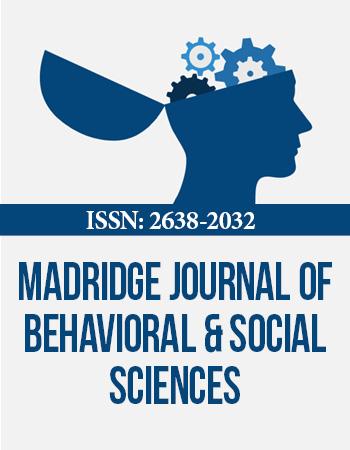International Conference on Alzheimerʼs Disease & Associated Disorders
May 7-9, 2018 Rome, Italy
Brain Histamine and Forgetting: Possible Role in Aging
1Laboratorio de Neuropsicofarmacología Experimental, Argentina
2Universidad Nacional de Cuyo, Argentina
Histamine, discovered at the beginning of the 20th century is present in the brain in a specific and restricted region of the hypothalamus, the tuberomammillary nucleus. Composed of cluster of cells in a rather reduced number, project to various parts of the brain modulating several physiological functions. Our laboratory has shown previously in the rat that the imidazole amine is participating in learning and memory functions by specific modulation in the ventral hippocampus. Histaminergic neurons can inhibit the acquisition of a taskby activating an H1-Histamine receptor and inhibiting consolidation of the task by activating a H2-histamine receptor in hippocampal neurons. This evidence suggests that histamine neurons of the hypothalamus and its projections to hippocampus might be part of a regulatory brain circuit controlling acquisition, consolidation and evocation of memory information. Thus, if these neural processes are dysfunctional, it is possible to predict serious “loss” of memory. On this line,an increase in histamine levels in the brain of Alzheimer patients has been found, which might explain the memory disturbances usually associated with this disease, and supporting the concept that histaminergic neurons are part of a fundamental mechanism responsible of cognitive functions in mammals.
Biography:
Edgardo O. Alvarez born in 1944, in Iquique, Chile, he graduated in Physiology (Faculty of Sciences, Universidad Austral de Chile, Valdivia, Chile). He was assistant professor and later Director of the Institute of Physiology, School of Medicine, Universidad Austral de Chile. From 1969 to 1982 his main line of research was the neuroendocrinology of puberty. Later in 1983 he moved to the Faculty of Medical Sciences, Universidad Nacional deCuyo, Mendoza, Argentina, where he got the position of assistant professor and career researcher in CONICET. From there on he studied the biological role of histamine on cognitive functions of the brain.


